Chinese Monotheism: Worship of Heaven (Shangdi)
Hinduism, Buddhism, Confucianism and Taoism (Daoism), all rich and prolific theo-philosophical traditions of the East which thrived in ancient times and still flourish today, were and are much more accepting of the worship of many different deities or aspects of the divine, or in some cases – Taoism and Buddhism for example – lack the divine anthropomorphic principle to be worshipped at all. They all however do not outlaw idolatry explicitly as a tenet of faith however, and do not establish the worship of one and only one God as a fundamental tenet of their faith, a marked distinction from the religious developments that took place in the West.
So although religions of the East represent significant world factions in modern times, over 1 billion followers at least, these belief systems cannot be considered monotheistic in the sense that they do not profess and dictate the worship of a single, exclusive deity at the expense of the worship of all other deities and manifestations of the divine. And perhaps not unrelated, the religions of the East have not been the source of great strife or persecution in the last few thousand years since their inception. Having said that however, there are some monotheistic threads present in the Eastern religious traditions, in albeit not as hard or stubborn a form as their Western counterparts, again based on our working definition of monotheism being the explicit and law based worship of a single deity to the exclusion of all other deities and idols.
One of the unique attributes of the Chinese philosophical tradition is its lack of focus on what we would call in the West “theological” concerns, i.e. issues related to how the universe was created (cosmology) and what divine forces if any preside over it. While even in the theo-philosophical systems of Plato and Aristotle we find a rejection of mythology and the realm of the gods as simply matters of faith or speculation, Aristotle’s prime mover and Plato’s demiurge, still plays a fundamental metaphysical role in each of their respective philosophical systems, even if they are not front and center so to speak. In the Chinese tradition however, while we see an implicit theological stance per se in the role of Heaven, we do not see it dealt with specifically or directly in the works of the philosophers themselves, outside of an occasional appeal to the divine as a benchmark of world and natural order. In other words, the existence of Heaven is not denied per se but it takes on the form of a more “naturalist” view as the philosophical systems mature in the classical period.
But implicit in all the classical philosophical works from Chinese antiquity is a cosmological belief in the tri-partite universal order based upon the realm of Heaven (Tian天), the realm of Earth (Di地), and the realm of Man. It could be said that the whole of Chinese philosophy is meant to, and produced for, the establishment of harmony between these three interconnected yet distinct aspects of reality.
From the I Ching (Yijing), the Book of Changes, one of if not the cornerstone Chinese philosophical text from antiquity, the core of which was written and used as a divination text in the 2nd millennium BCE at the latest, is primarily interpreted (cosmologically speaking), as a means to balance and harmonize these worlds given a specific situation or circumstance in fact – at least how the work was interpreted by the classical Chinese philosophical tradition in the Ten Wings, the commentary that is tied to the work.
From the Great Commentary, one of the Ten Wings, we find the work described as:
As a document, the Yijing is vast and far-ranging, and has everything complete
within it. It contains the way of the heavens, the way of human beings, and the
way of the earth.[1]
The Yijing is seen as a work whose scope is the entire universal world order, a world order that is bound by the world of Heaven, the way of Man, and the way of Earth.
1 – The Book of Changes contains the measure of heaven and earth; therefore it enables us to comprehend the tao of heaven and earth and its order.
2 – Looking upward, we contemplate with its help the signs in the heavens; looking down, we examine the lines of the earth. Thus we come to know the circumstances of the dark and the light. Going back to the beginnings of things and pursuing them to the end, we come to know the lessons of birth and of death. The union seed and power produces all things; the escape of the soul brings about change. Through this we come to know the conditions of outgoing and returning spirits.
3 – Since in this way man comes to resemble heaven and earth, he is not in conflict with them. His wisdom embraces all things, and his tao brings order into the whole world; therefore he does not err. He is active everywhere but does not let himself be carried away. He rejoices in heaven and has knowledge of fate, therefore he is care free. He is content with his circumstances and genuine in his kindness, therefore he can practice love.
4 – In it are included the forms and scope of everything in the heavens and on earth, so that nothing escapes it. In it all things everywhere are completed, so that none is missing. Therefore by means of it we can penetrate the tao of day and night, and so understand it. Therefore the spirit is bound to no one place, not the Book of Changes to any one form.[2]
While these excerpts no doubt represent later interpretations of the significance of the text, at least later than when the text was initially drafted and used which goes at least as far back as the Zhou Dynasty (early first millennium BCE) and probably much earlier, we see implicit here the fundamental belief in the cosmological world order being the tripartite world order of Heaven, Earth and Man, the understanding of which – via the Yijing – yields greater tranquility and social harmony in this world, in any one individual life.
So this worldview of the tripartite order of Heaven, Earth and Man which is meant to operate in harmony and balance that the sages, shamans really from early Chinese pre-history, attempted to align in the individual and social fabric via the use of divination texts like the I Ching (called the Zhou Yi in the Zhou Dynasty prior to the addition of the Ten Wings) clearly is reflective of a much older theological belief system that was no doubt tied to elaborate rituals and sacrifice and involved the belief in Heaven, what was Shangdi in those times, as a god that needed to be appeased and who was responsible for Truth and Justice at some level in the world of Man. This Shangdi from pre-historic and Bronze Age China evolves into the Heaven (Tian) that we know from the classical philosophical works of the late Zhou, Qin and Han dynasty periods that make up what we know as Chinese Philosophy. What we see clearly here in early Chinese history, no different than the other traditions in antiquity throughout the world, is that philosophy and theology in antiquity are closely linked, one born from the other really, and ancient China is no different in this regard.
The etymology of the character for Tian – 天 – which can be traced of its roots through Seal Script, Bronze inscriptions and even back to Oracle bone script in the early second millennium BCE reveals this theo-philosophical history of the Heaven, and Shangdi. The character is representative of the character of a man, the similarity to a stick figure of the symbol is clear.[3] So while the anthropomorphic qualities of Tian are smoothed over as it were by the time of the classical era (Confucius et al), we can see the direct reference of the idea, the concept, of an all pervading anthropomorphic deity, i.e. Shangdi, at least as far back as the Shang dynasty (2nd millennium BCE) but in all likelihood much earlier than this.
What we know about the Shang Dynasty period in China’s history comes from various archeological sites in Northeastern China as well as historical texts written in the classical period (5th through 2nd centuries BCE) that speak to the traditions in deep Chinese pre-history as well as the lineage of rulers and kingdoms, all the way back to the pseudo-mythical legendary times of Fu Xi and the Yellow Emperor. These texts are primarily the Bamboo Annals, Classic of History (aka Book of Documents or Shujing) and Records of the Grand Historian.
From these sources we know that the Shang dynasty succeeded the legendary Xia (or Yin) dynasty which was established by Yu the Great, the tamer of the Great Flood. They were based primarily in the North Eastern part of China, by the Yangtze and Yellow river, but their influence spread much further throughout what we today know as China. The people lived in complex societies, large towns and created complex irrigation systems. They domesticated animals and had mastered the art of Bronze craftsmanship hence the term Bronze Age used to describe this time in China’s history. They also mastered the art of jade carvings and we know that jade was an important luxury and jewelry item of the upper and middle classes.
They had a highly developed lunar calendar system (the word for Moon and Month were the same for example) that was used by the ruler and his subjects to determine when to plant crops, when to harvest, etc. We also see the first evidence of writing in this era of China’s history, first on tortoise and ox bones, and then later on Bronze inscriptions – hence the term Oracle Bone and Bronze scripts that are used to describe early forms of Chinese writing. While it is believed that inscriptions were also made on bamboo or silk strips, consistent with later time periods in Chinese antiquity, we do not have any evidence of such given that these types of artifacts degrade quite considerably over time. It is clear that the forms of writing we see on the bones and bronze is fairly mature however, and it can be safely assumed that writing developed in China at least in the third millennium BCE if not earlier, putting Chinese writing systems in line with the cuneiform of the Sumer-Babylonian and Akkadian peoples and the hieroglyphs of the Egyptians to the West in fact.
From the archeological, written and inscription evidence we see a people described as having a complex hierarchical social structure on top of which sat the Emperor who was looked upon as having the so-called “mandate of Heaven” to rule and govern over the people. These people not only had complex burial structures with vast and expensive artifacts left with the deceased, but also consulted the “spirits”, or ancestors, on various important topics or before making important political or social decisions, speaking to the divine reverence which the ancient Chinese had for their either direct, or ancient ancestors. This is typically referred to as “ancestor worship” in the literature on Chinese history and this tradition was kept alive in some form or another certainly through the Han Dynasty period (206 BCE to 220 CE) period and is prominently reflected in the philosophy of Confucius. Within this culture of worship of ancestors, we also see strong evidence for the worship of the great god of the sky, Shangdi, a tradition which was to later transform into, or morph into, the notion of Heaven in the Zhou dynasty and persisted throughout much of China’s history[4].
We see ample evidence in the archeological and written record of the worship of the great sky god (Shangdi), the ancient Bronze Age god of the sky of the Shang peoples, harkening back no doubt to China’s pantheistic roots. The Book of Documents (Shujing) also references sacrifices and rituals to Shangdi going back to pseudo-historical Emperor Shun from the latter part of the third millennium BCE or so (23rd century BCE).
The two Chinese characters from which the word for “Shangdi” is derived are “上”, meaning “high” “highest” “first” or “primordial”, combined with “帝, which is typically translated as “emperor” and is the same character used in the name of “Huangdi”, the great Yellow Emperor of deep Chinese antiquity which is the same title sometimes used for the Emperor of China himself. From earliest times, and consistent throughout Chinese history in fact, we can see the close link to the Emperor and the one supreme deity Shangdi, marking as in most ancient civilizations the notion of divine authority with rule of the people.
In the time of the Zhou dynasty at the turn of the first millennium BCE, we see a transition and semantic equivalence that is established between Shangdi and Tian (Heaven), which is also the word for “sky”. Tian is of course one of the three pillars of the world order in classical Chinese philosophy – Heaven, Earth and Man. We see this transition take place, along with the evolution of Classical Chinese as a writing system, first in the Zhou dynasty period and then maturing in the latter half of the first millennium BCE in the Warring States period, being firmly established in Chinese philosophical nomenclature by the beginning of the Han Dynasty in 202 BCE (Former or Earlier Han) when most if not all of classical Chinese philosophical works were commented on and “canonized” so to speak.
Rulers of the Chinese empire throughout its written history were looked upon as “Tianzi”, or sons of Heaven, which is the abstract concept who the deity came to represent over the centuries. In the archeological and written record Shangdi is presented as the ruler of Heaven who presides over order and justice in the world of human affairs. The notion that a supreme deity of the heavens establishes order and justice is a common theme throughout the ancient world in fact and parallels here can be drawn to the ma’at (Maat) of the Egyptians or the rta of the Indo-Aryans as well as of course the aforementioned association of divine legitimacy to the rulers themselves. In this sense Shangdi can be looked at as analogous to Marduk of the Babylonians who rose to prominence as the head of the Babylonian pantheon as Babylon rose to power around the same timeframe much further to the West, or even Zeus/Jupiter in the Greco-Roman tradition a millennia or so later although the link to authority and power is not present.
We see the role of heaven played out in the socio-political sphere as well beginning with the Zhou dynasty specifically which Confucius looked upon as a bygone age of justice and virtue. It’s in the transitional period between the Shang and Zhou dynasty that we find the first reference to the notion of the “Will of Heaven” which was used by the first dynastic rulers of the Zhou as justification for the overthrow the Shang dynastic rulers. This idea that rulership is not necessarily by birth but by a so-called “Mandate of Heaven” (again Tian) which bestows a right to rule on a just ruler or Son of Heaven (Tianzi) is unique to the Chinese and has been used throughout its history to justify an overthrow of rule or governance. Natural disasters, unrest or famine were for example generally considered to be signs that the rulers had lost the Mandate of Heaven and so the well being of the ruled and the authority of the ruler were seen as tightly interconnected and interdependent upon each other.
Worship of Heaven (Shangdi and later Tian) throughout China’s long history included the erection of shrines and the offering of prayers, and in the Shang dynasty and earlier, the use of sacrifices as a form of worship. The last and greatest of these houses of worship was erected as recently as the 14th century CE, the Temple of Heaven in Beijing. The connection of Shangdi to imperial rule and the seat of power, akin to the Ancient Egyptian Pharaohs in some respects, was prevalent even after Confucianism, Taoism, and then much later Buddhism took root with the Chinese people in the latter part of the first millennium BCE, as evidenced by the rulers of China continuing to perform the annual bull sacrifice, a beast with very ancient roots in mythology, in honor of Shangdi even in modern times.
[1] Great Commentary B8. Quotation from The Great Commentary (Dazhuan 大傳) and Chinese natural cosmology by Roger T. Ames. Translation by Ames. Published March 2015 in the International Communication of Chinese Culture.
[2] From The I Ching or the Book of Changes by by Wilhelm/Baynes. Princeton University Press 1977. “Ta Chuan” / “The Great Treatise” chapter IV pgs. 293-296.
[3] See https://en.wiktionary.org/wiki/%E5%A4%A9
[4] The rituals surrounding the worship of ancestors and Shangdi in the Shang dynasty period was associated with animal, and in some cases, human sacrifice, a practice that was later abandoned but nonetheless did exist in some form or another in this time period of China’s history.


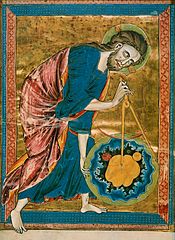
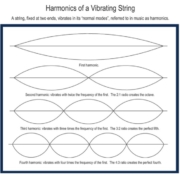

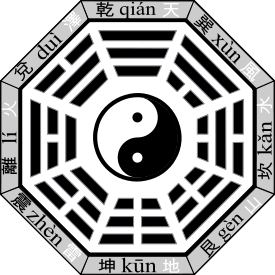
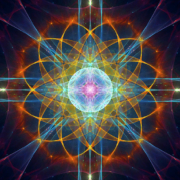 by Leon Van Kraayenburg
by Leon Van Kraayenburg 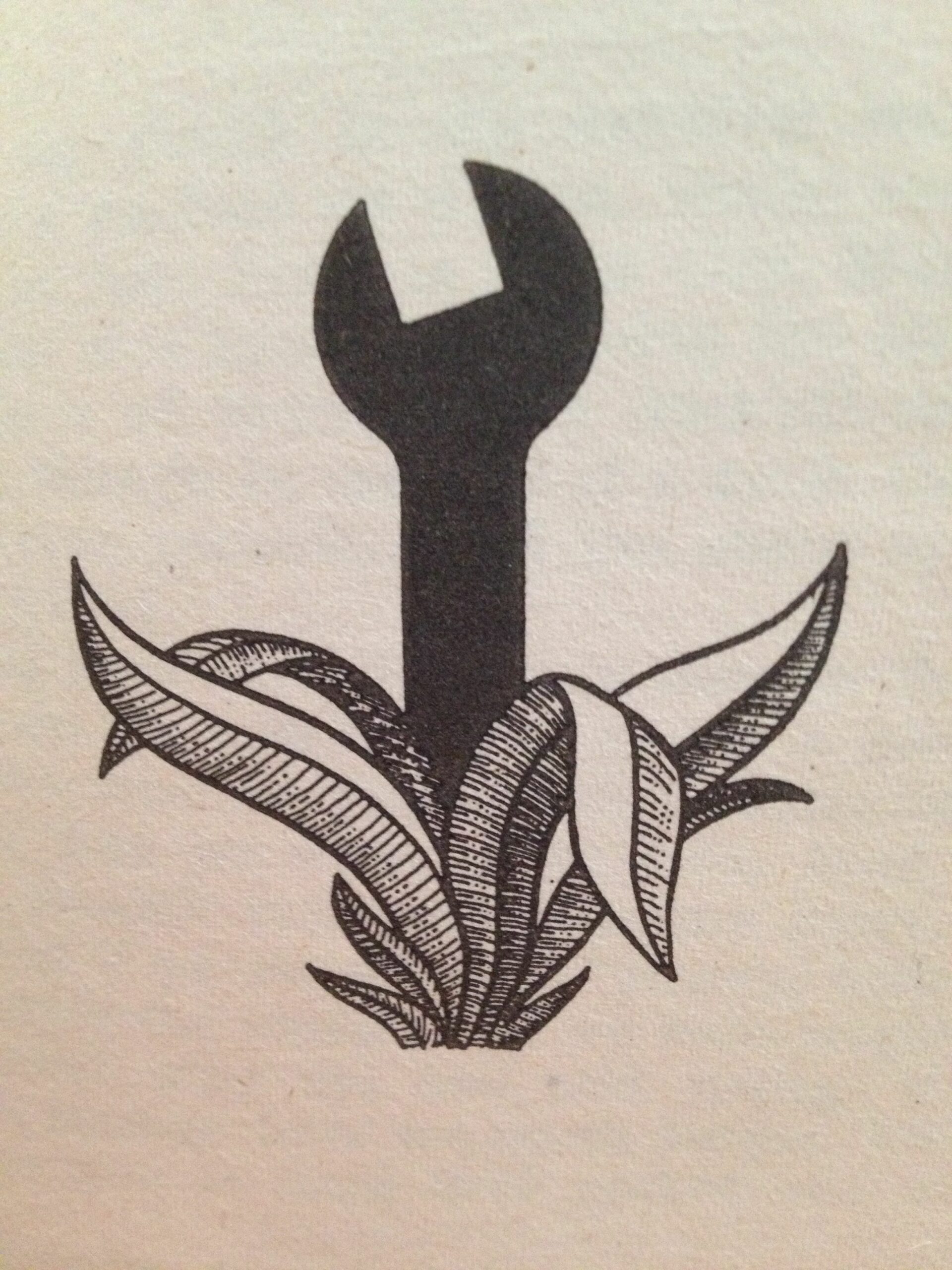


Trackbacks & Pingbacks
[…] make to Shangdi–the absolute God of the Universe. Countless scholars have chosen to frame and conceptualise the Eastern religions as polytheistic, but it would be a short-sighted view that shows poor understanding of Eastern theological beliefs. […]
Leave a Reply
Want to join the discussion?Feel free to contribute!